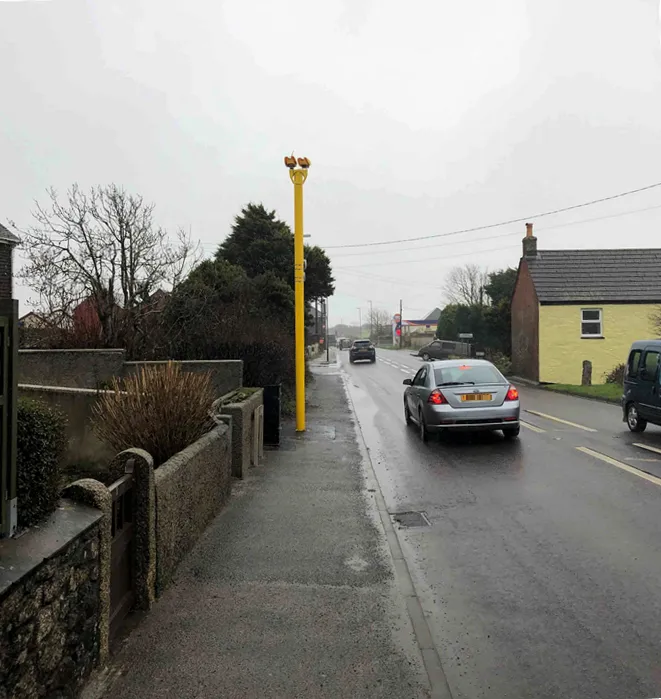A red X response vehicle carrying automatic number plate recognition cameras is being used as part of the joint initiative between
The initiative is part of Highways England’s ongoing campaign to raise awareness about smart motorways. CCTV footage has also been released showing an incident on the M1 near Wakefield where a van narrowly avoided striking a worker and a stationary vehicle when it travelled in a closed lane with a red X above.
A red X is used on all smart motorways to close a lane when there has been a breakdown or accident. The closure is in place for the safety of drivers and also Highways England’s traffic officers and emergency services that may be working in the lanes ahead.
The red X response vehicle being used in West Yorkshire will attend incidents on the M1 between junctions 39 and 42 and on the M62 between junctions 25 to 30, capturing images of vehicles driving in a closed lane.
Letters will then be sent from West Yorkshire Police to drivers who did not comply with the red X to advise them about the risks to safety. A similar awareness event was carried out on the M25 back in 2013/14. More than 700 letters were issued and only four per cent of those identified were spotted travelling under a red X again.
Highways England’s operations manager Rob Beckitt said: “A red X above a lane indicates it is closed because of a breakdown or accident. It is used to keep drivers, our traffic officers and the emergency services safe. Hopefully our initiative will raise awareness of the red X sign, and protect people driving and working on our motorways.”
Sergeant Gary Roper of West Yorkshire Police said: “West Yorkshire Police is committed to working with our partner agencies to improve road safety. This initiative provides the opportunity to educate those drivers who contravene the Red X signals, however it should be noted that prosecution remains an option for those drivers who continue to ignore the Red X sign.”
Red X safety initiative launched in West Yorkshire
A red X response vehicle carrying automatic number plate recognition cameras is being used as part of the joint initiative between Highways England and West Yorkshire Police to raise awareness and improve compliance and safety. The initiative is part of Highways England’s ongoing campaign to raise awareness about smart motorways. CCTV footage has also been released showing an incident on the M1 near Wakefield where a van narrowly avoided striking a worker and a stationary vehicle when it travelled in a clos
September 16, 2016
Read time: 2 mins








